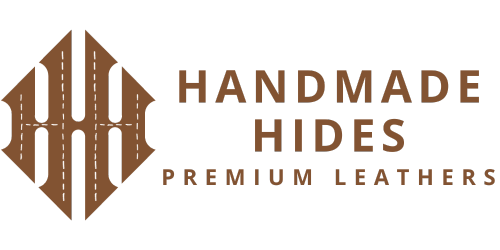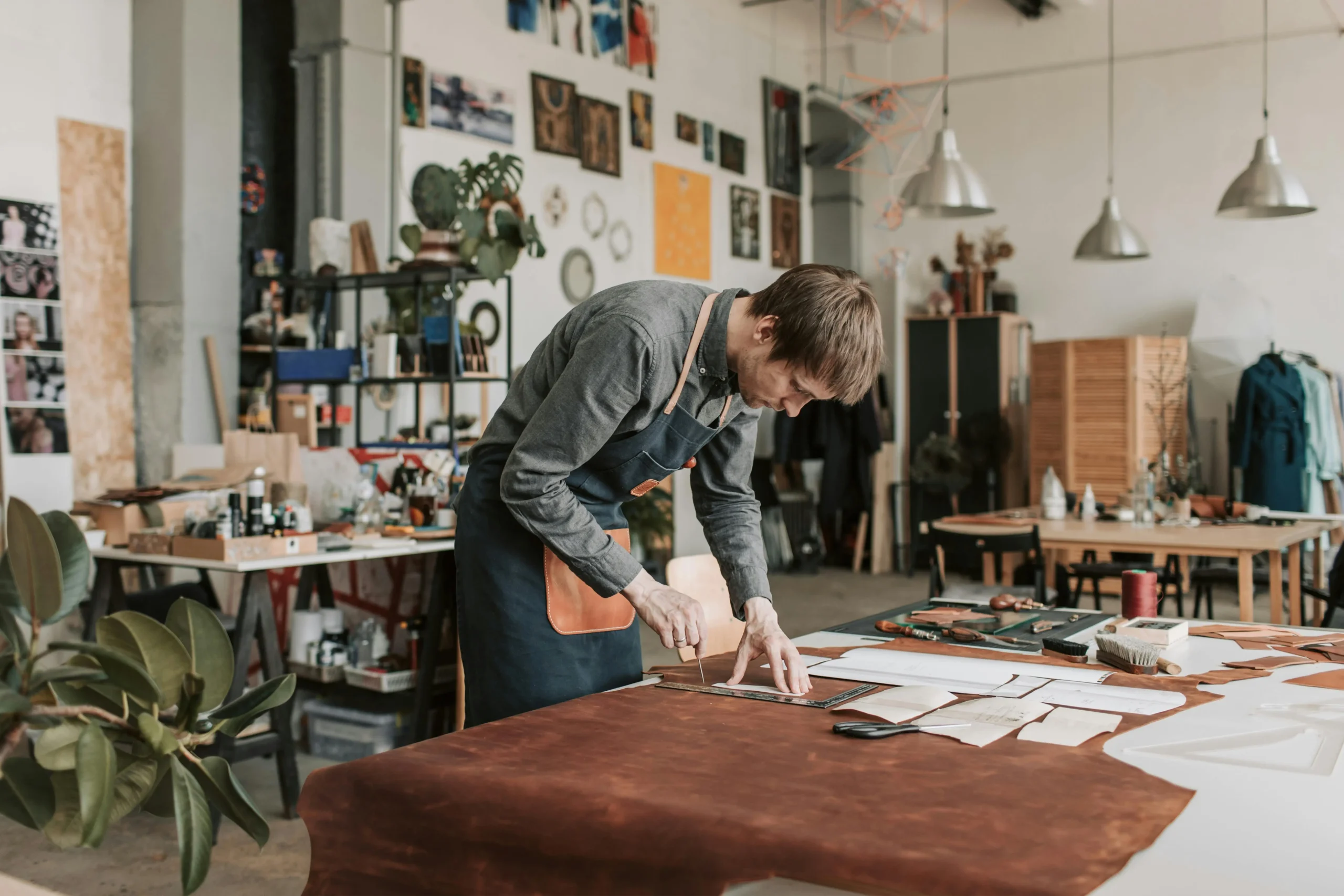Discover the secrets to identify genuine leather and make smarter buying decisions.

1. Check the Texture and Grain
Genuine leather always has natural imperfections.
Look for:
- Uneven grain patterns
- Slight blemishes or wrinkles
- Soft, flexible feel
Fake leather usually has a perfect, uniform texture that feels overly smooth or plastic-like.
2. Smell the Leather
One of the easiest tests is the smell test.
- Real leather has a unique, natural, and slightly earthy smell.
- Fake leather (synthetic) often smells like chemicals or plastic.
3. Feel the Surface
Run your fingers over the leather.
- Genuine leather feels soft, warm, and flexible.
- Faux leather feels cold, stiff, or too smooth.
Real leather also has a slight stretch and bounce when pressed.
4. The Water Absorption Test
When you place a few drops of water on real leather:
- It absorbs the moisture slowly, leaving a temporary dark spot.
- Faux leather will repel water and leave no marks.
(Tip: Do this test on a hidden area if allowed.)
5. Examine the Edges
- Real leather usually has rough, fibrous edges.
- Fake leather often has smooth, machine-cut edges.
At Handmade Hides, we celebrate these imperfections—they tell the story of authenticity.
6. Trust the Labels and Brand
When buying leather goods, always:
- Check for material tags that say “Genuine Leather,” “Full-Grain Leather,” or “Top-Grain Leather.”
- Buy from trusted brands like Handmade Hides that guarantee real leather craftsmanship.
Key Takeaways:
- Real leather isn’t perfect—those unique marks are its beauty.
- The smell, texture, water absorption, and edges reveal a lot.
- Always buy from reputable sellers who value authenticity.
Why Choose Handmade Hides?
We craft handmade leather goods using only 100% genuine leather. Our products are not just accessories—they are long-lasting companions that grow more beautiful with time.

